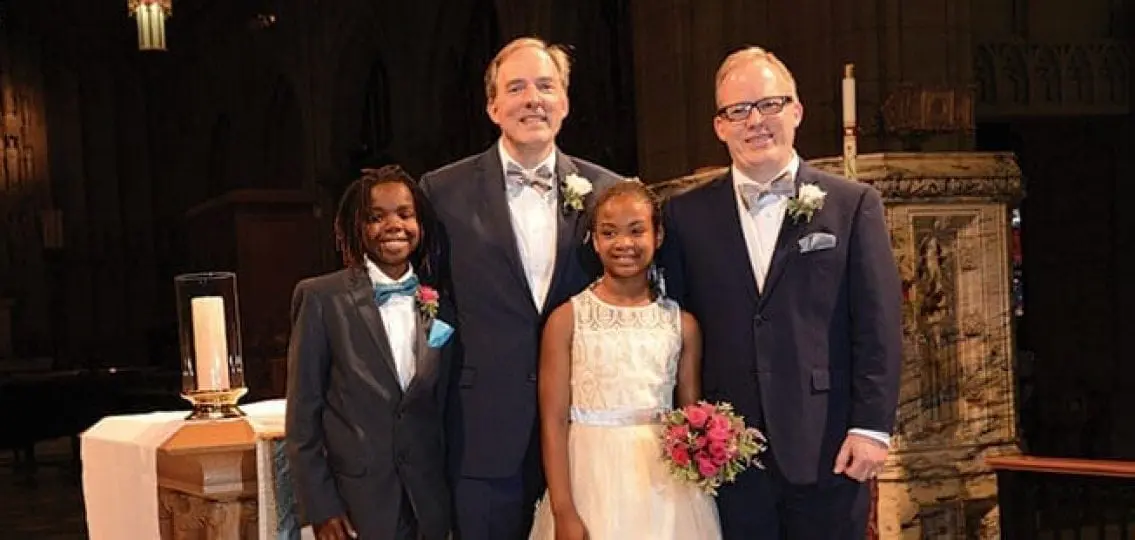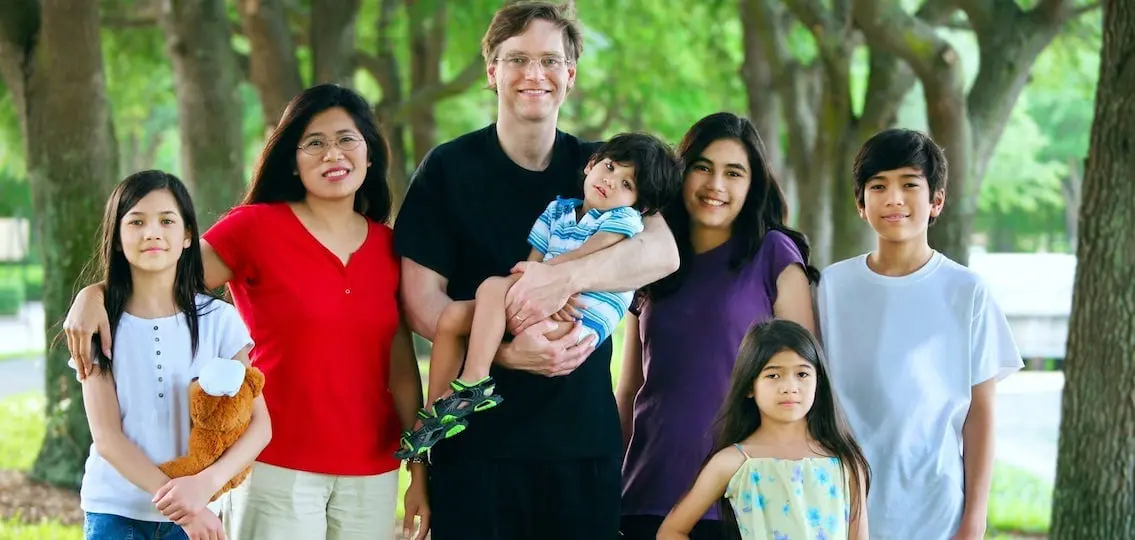Adolescence is difficult. As teenagers try to figure out their identity, they explore faith, values, sexual identity, and career. They also explore their racial identity: a difficult task for teens from one racial group, but a much harder one for biracial children.

The majority of American society is ignorant about biracial individuals. Those of single races tend to define the traits of the race, but biracial children confuse this categorization. After all, what should a biracial child look like? How should the child behave? How can someone comfortably belong to both racial groups?
Yet, many people view biracial children as minorities, so they face some of the same racism as African Americans. For example, some adults, including teachers, assume biracial children will perform athletically but struggle academically; others still think these children will be confused.
I am the white father of four biracial children who are now adults. In raising my children with my African American wife, we focused on two fundamental concepts: embracing their total identity and celebrating diversity in all its rich and fascinating forms. To do this, I recommend that as parents, you:
- Make sure you’re both on the same page regarding the identity of your biracial children.
- Openly talk about race, racism, prejudice and bias and some people’s need to categorize and stereotype others. Help your children understand that most people—peers, teachers, store clerks —are very confused by biracial people.
- Openly explore each child’s understanding of their own unique physical characteristics, including hair texture, eye shape and color, skin color and facial features.
- Visit cultural attractions that present all sorts of human diversity.
- Select schools and children’s groups that are multiracial.
- Help your children pick friends based on who have similar interests and values, rather choosing based on being of the same race. This emphasizes that race does not determine who they are and what they become.
- Challenge anyone—school officials, teachers, social workers, diversity experts—who insists that your child select a single-race identity (for any reason). Unfortunately, many people who profess to understand human diversity only view diversity in single-race terms.
- Continually expose your children to all parts of their heritage in a positive and affirming manner, and help them celebrate the traditions, values, histories and narratives from both sides of their heritage.





